Your history pal Arlen here.
There have been countless stories about September 11th published in the past month. Even more will be published in the coming days. This isn’t one of them.
I want to do something a bit different.
The terror attacks 20 years ago were big news. After all, who had ever seen 3,000 people murdered on live television? Understandably, it wiped every other story off the front page of newspapers worldwide.
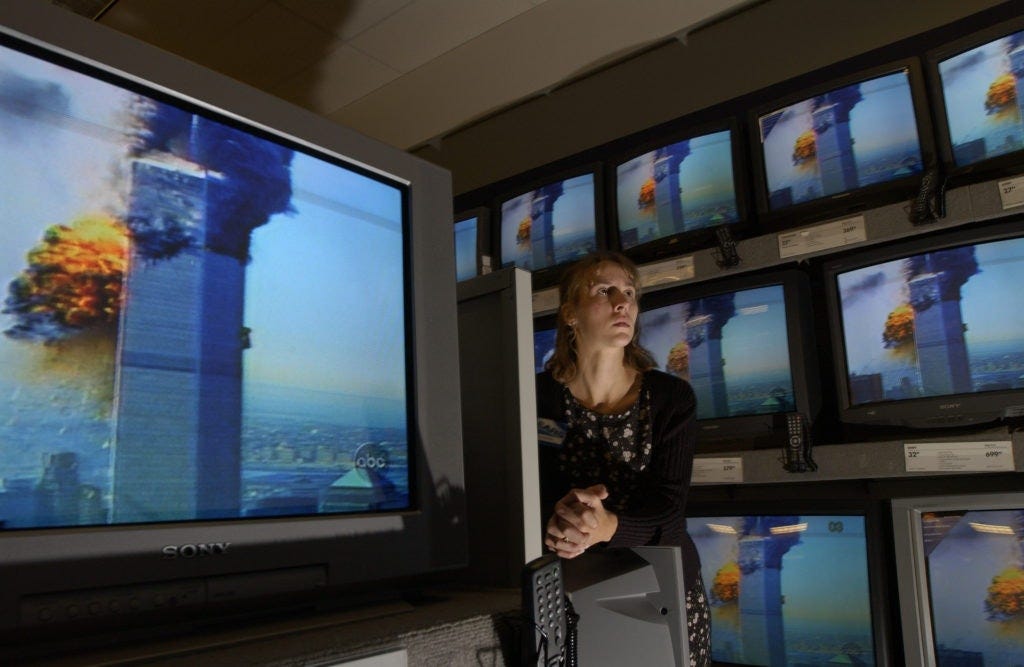
Here in the US, the events of that day dominated everyone’s consciousness for weeks. It seemed like the whole country was in a fugue-like state, hypnotized by the images that kept replaying over and over again on TV.
Who could even remember what had happened beforehand? But without a touch of irony, bumper stickers started popping up with slogans like “Never Forget.”
So today I'm going to go back to a simpler time, to dig up some of the stories that 9/11 dislodged from the headlines. A look at the world, before it changed.
This month, I present some of the news we forgot
From the paper of record, the New York Times, here was some of the top news leading up to September 11, 2001…
September 1, 2001: New York City Little League officials discover one team’s pitcher is 14 years old, instead of 12. The growing age limit scandal leads to the team becoming disqualified from the championship that year. It is deemed a story with enough national importance that both NYC mayor Rudy Giuliani and President Bush weigh in on the matter!
September 2: Television executives are debating whether to allow a character on The West Wing to “curse in a way that uses the Lord's name in vain.” Again, this is front page news in the New York Times.
September 3: It has been revealed that the sponsor of a new novel titled The Bulgari Connection is none other than the Italian jewelry company Bulgari. Who could have guessed?
September 4: Lots of nerd news. Computer-makers Hewlett Packard and Compaq announce they are merging. Meanwhile, Netscape Navigator users are concerned about the privacy of their web browsing history. NYT readers learn about something new called website cookies.
September 5: A small crisis is brewing in eastern France: vineyards have too many grapes and too few workers to pick them. Some doomsayers predict this imbalance will imperil that year’s regional wine, Beaujolais nouveau.
September 6: Serious news. Mexican President Vincente Fox visits President Bush at the White House and asks him to resolve the legal status of undocumented immigrants in the US. (This push will ultimately prove unsuccessful, leaving the matter still unresolved today.)
September 7: The Department of Justice reverses course and decides not to try and break up Microsoft Corporation on monopoly charges. Bill Gates presumably breathes a sigh of relief.
September 8: In crime news, a freshly discovered strand of hair may provide a clue to Jimma Hoffa's 1975 disappearance. In sports news, Venus and Serena Williams have defeated the previously top ranked tennis players and will face off against each other!
September 9: A debate over junk food in schools makes the front page of the New York Times. President Bush is frustrated by a sluggish economy now that the dot-com bubble has burst. Oh, and Venus won the big tennis match.
September 10: An ad in the New York Times asks: "War in the Middle East - Can it happen? How can it be avoided?"
Also on September 10th, the music world eagerly anticipates tomorrow's Sept 11 release of Jay-Z's album The Blueprint. Radio airwaves are filled with songs like Izzo ("H to the Izzo, V to the Izzay"), with a music track orchestrated by a 24 year old unknown hip hop producer named Kanye West. Unrecognizable to virtually everyone at the time, he makes a brief, split second appearance the end of the music video, goofily mugging for the camera with a list of songs he has had tattooed on his arm.
Finally, also on September 10th, Defense Secretary Donald Rumsfeld gives a speech in which he says threats “arise from multiple sources, most of which are difficult to anticipate, and many of which are impossible even to know today.”
Sidebar: Prior to September, throughout the year of 2001, President Bush had received no less than 37 intelligence reports about the threat Osama bin Laden posed to the United States. That translated to about one warning per week!Tuesday, September 11, 2001
The front page of the New York Times, printed at 3AM that morning, shows what everyone expected to be the top news of the day (obviously, written Monday).
Inside The Times, readers eating breakfast see:
Page A13: A foreign policy scuffle in Washington - "Declaring a profound difference with President Bush, Senator Joseph R. Biden Jr., said today that plans for missile defense sacrifice national security for the sake of a ''theological'' belief."
Page A13: Political reverberations in Afghanistan after an anti-Taliban rebel has been assassinated. Not had to imagine readers shrugging and thinking Afghanistan is so far away, what happens there can’t possibly affect my life…
Page A19: an ad for Midway Airlines runs at the top of the page.
Sidebar: In a few hours the FAA will issue an emergency order, grounding all airplane travel for two days, nationwide. Midway Airlines which ran this ad, already teetering on the brink of bankruptcy, would shut down and never recover. The entire US airline industry would lay off 44,000 employees within a week, citing collapsing demand for air travel.Meanwhile on television….
8:36AM on September 11 - ABC Channel 7 meteorologist Bill Evans in New York City reports that "Our neighborhood has bright sunshine outside."
The screen cuts to a live shot of the Twin Towers. The temperature is 64 degrees outside; that day's high will be 80F. This is the final time that live television will broadcast an intact image of the World Trade Center.
Precisely ten minutes after that weather report, Flight 11 will slam into the North Tower, and the entire world will change forever.
What is the point of looking back at the news before 9/11?
Were any of these news stories world-changing?
No. But that is kind of the point.
September 11 wasn’t just a cataclysmic event by itself. It also seemed to kick off an exhausting chain of harrowing events. It was the beginning of an era when people became addicted to watching live cable news on CNN, MSNBC, or Fox. Unsurprisingly, these media outlets were very willing to stoke fears about the world and play up scary stories for ratings. And it wasn’t just the media. The world itself suddenly seemed scarier to many Americans.
Compare the news stories I recounted pre-9/11 to what happened in the days, weeks, and months afterward:
September 18: Dozens of Americans are killed or injured when anthrax is mysteriously sent through the mail to various targets. (The case is not considered solved for almost a decade, leaving the so-called “Anthrax Killer” on the loose, and libel to strike again at any time, pundits speculated.)
September 20: President Bush declares a “War on Terror.”
September 21: A French fertilizer factory explodes, killing scores and injuring 2,500. Many speculate it was another act of terrorism (it later turns out to be an accident).
September 27: In a lone wolf attack on Swiss government, a crazed man breaks into a Swiss state capitol, massacring lawmakers and others.
October 1: A state legislature building in Kashmir is attacked by militants, killing 38 (a few months later Indian parliament is attacked too).
The world was a scary place
After the end of the Cold War in the early 1990s, many Americans were optimistic about the direction of the world.
But the new war in Afghanistan put America on a wartime footing. At home, the DC sniper attacks made people afraid to stop at gas stations or mow their lawns.
US Companies develop products to help people parachute from skyscrapers – just in case. Energy company Enron collapses in the largest bankruptcy filing of all time, based on a dizzying accounting fraud. Bush Administration officials instructed everyone to stock up on duct tape and plastic sheeting to protect against a “dirty bomb” attack.
Oh, and Microsoft released Windows XP.
All in all, the world had a terrifying year or two there!
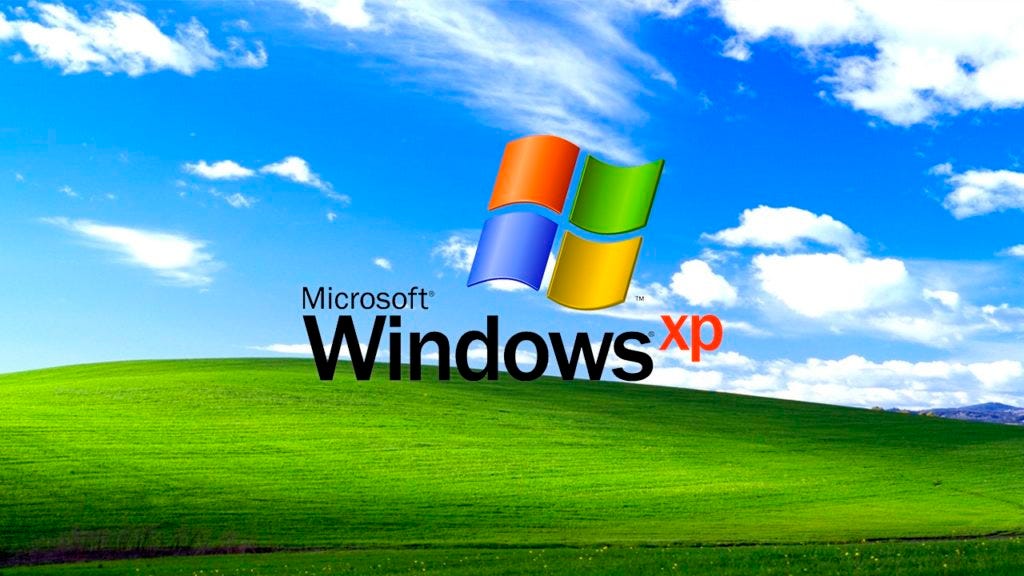
I wish I could say things around the world calmed down after 2001-2002. But President Bush’s choice to invade Iraq in 2003 prevented any semblance of denouement. Americans were told Saddam Hussein might be just a few months away from launching a nuclear attack on the United States. The treadmill of fear continued.
Whiplash.
That’s what I think of when I think of the era September 11 kicked off.
We went from a peacetime era when school dress codes were front page news– to a wartime footing when you could not escape constant images of murder and destruction on television in just a few hours. And then we relived that difficult day over and over again.
That era lasted until, well, just a few days ago when President Biden withdrew US forces from Afghanistan.
Over these last two weeks I’ve had a chance to exhale and reflect on these last two decades. The choices we made.
It is impossible to undo choices made in the past. Especially the ones that have destroyed so many people’s lives. But the future will present us with difficult options too. Maybe, with the knowledge we’ve gained, we can make some smarter ones next time. After all, what is the point of living through history if you do not learn something from it?
That’s all I’ve got for now. Kind of a bummer, I know. But what were you expecting?
I’ll see you next month with something else. Something fun. Promise!
Your pal in history,
Arlen
P.S. - Appreciated this free forgotten history newsletter? Please consider liking or sharing it, either on social media or with someone you think might appreciate it.
Have you subscribed to this free newsletter?

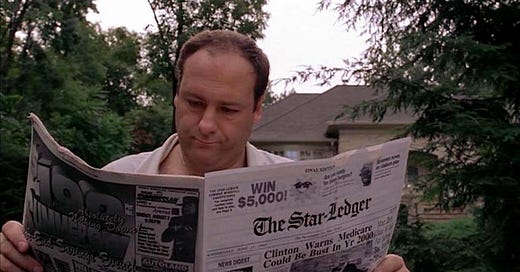



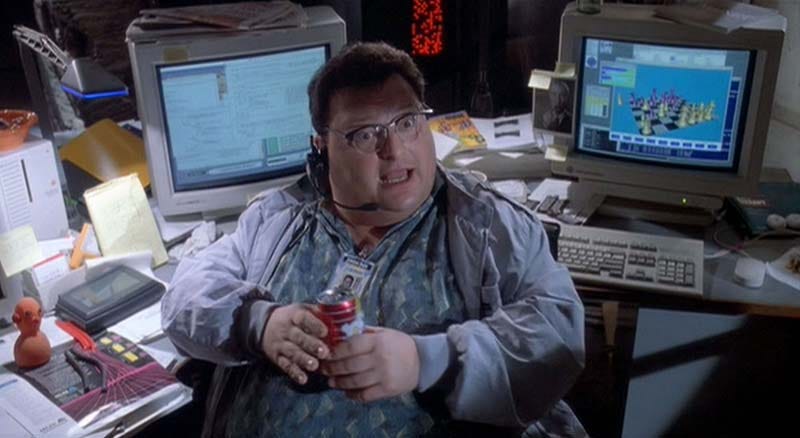
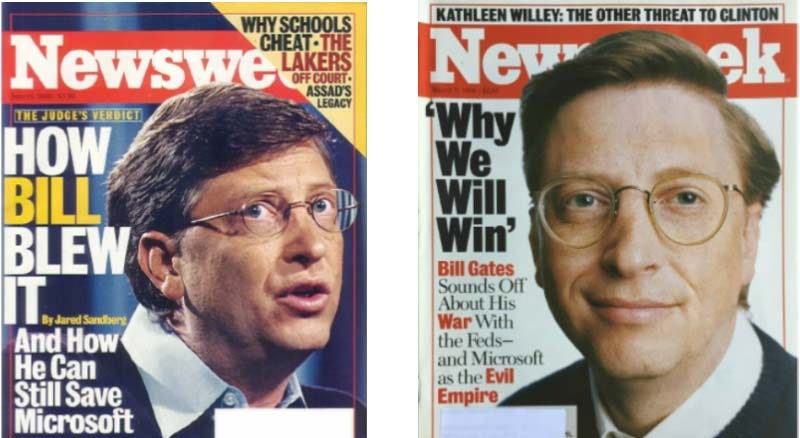

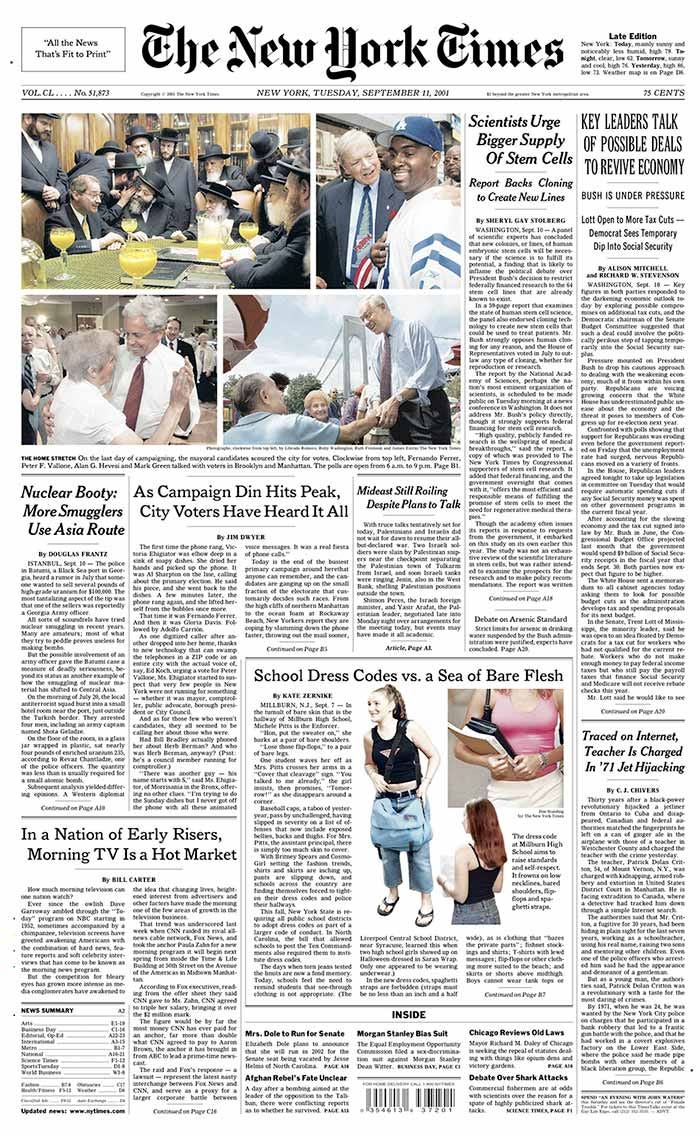
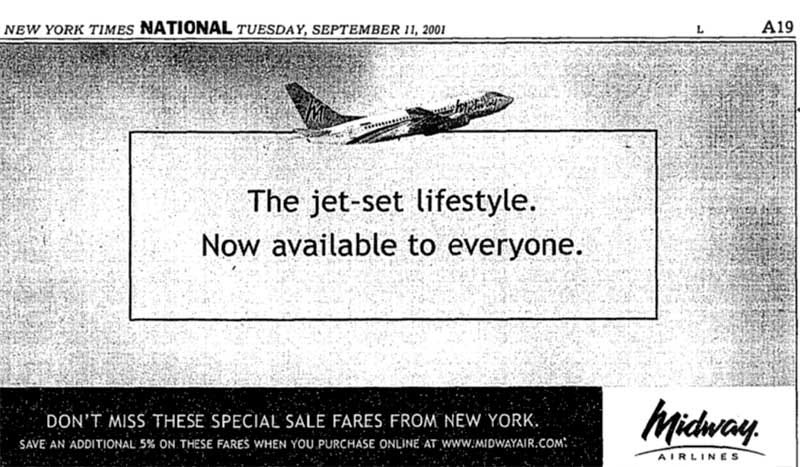
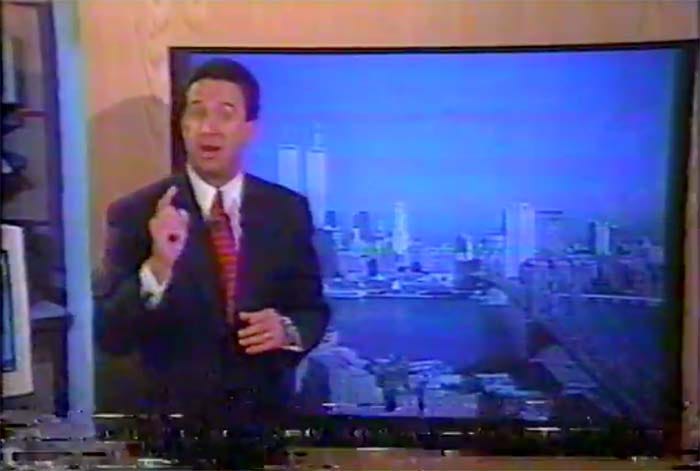



Well written. Love your style, Arlen! I sub'd
Thank you. Amazing because as many I vividly remember 9/11 and the days that lead up to it. BUT I was so wrapped up in my own life I missed some of news you shared. What I found strange or was it a proficiency was statement about War in Middle East shared by Rumsfeld?